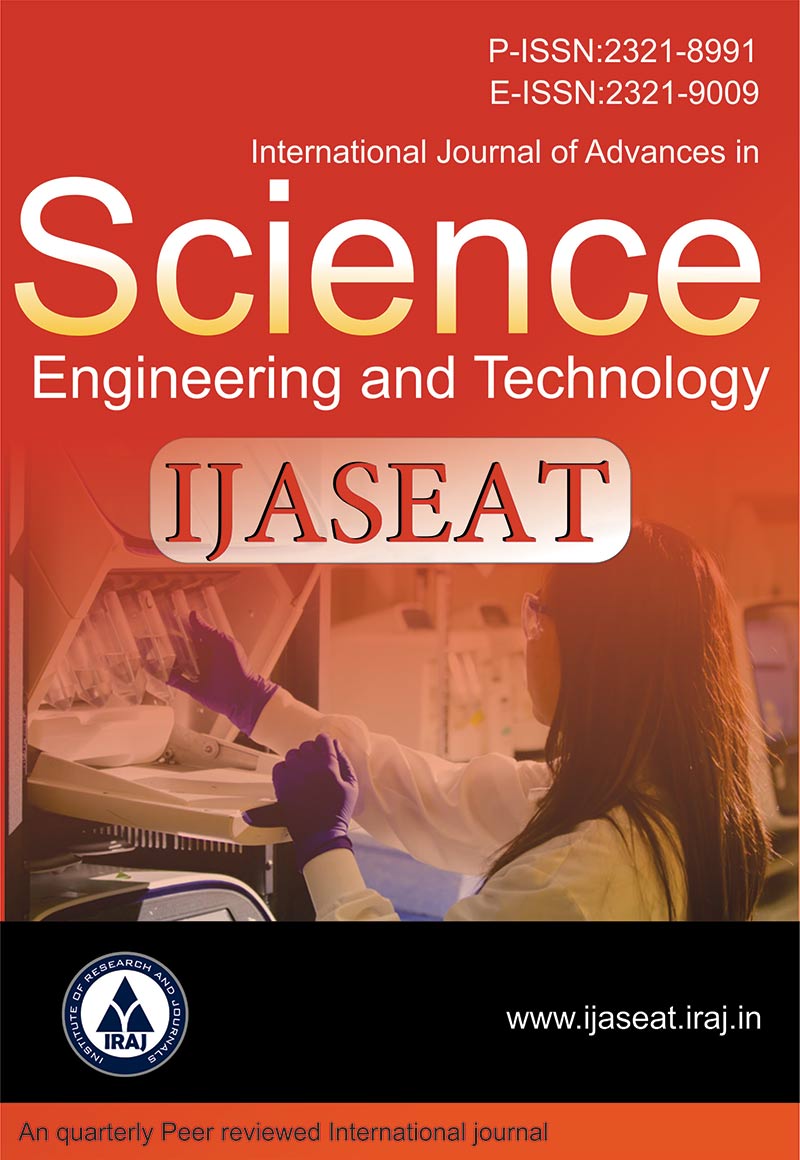Publish In |
International Journal of Advances in Science, Engineering and Technology(IJASEAT)-IJASEAT |
 Journal Home Volume Issue |
||||||||
Issue |
Volume-5, Issue-4, Spl. Iss-2 ( Dec, 2017 ) | |||||||||
Paper Title |
Creation of an Optimal Polymer Nan Composite for use in Parallel Environmental Noise Barriers | |||||||||
Author Name |
Mahdiyeh Naderzadeh, Mohammad Reza Monazzam, Ismaeil Ghasemi, Hossein Arabalibeik | |||||||||
Affilition |
Center for Air Pollution Research (CAPR), Institute for Environmental Research (IER), Tehran University of Medical Sciences, Tehran, Iran, Department of Occupational Health Engineering, School of Public Health, Tehran University of Medical Sciences, Processing Department, Iran Polymer and Petrochemical Institute, P.O. Box: 14965/115, Tehran, Iran, 4Research Center of Biomedical Technology and Robotics (RCBTR), Tehran University of Medical SciencesTehran, Iran. | |||||||||
Pages |
31-36 | |||||||||
Abstract |
In recent years, following the use of parallel noise barriers in control of urban noise pollution, acoustic engineers have made their attempts to create an optimal material based on nano-composites as a Sound-absorbing material. They can be used in the structure of parallel noise barriers in order to reduce multiple reflections. Accordingly, the present study was performed to create an optimized absorber transparent polycarbonate/poly methacrylate-based polymer nanocomposite in parallel environmental noise barriers in order to reduce multiple reflections. For this purpose, a twin-screw extruder was used to mix 0.3 wt% SiO2, ZnO, and TiO2 nanoparticles with pc and PMMA polymers.Scanning electron microscopy (SEM) was used to study the surface morphology of thenanocomposites. In order to test the sound absorption coefficient of the specimens, Two-microphone impedance tube was used. Finally, due to optimize the acoustic properties of the specimens and to reduce any surface defects caused by molding, the surface was roughed by sand blasting machine. Mechanical properties were characterized by tensile, flexural strength, izodimpact, and Shore hardness tests. The transparency of the nanocomposites was checked by UV-vis spectroscopy. The morphology results described dispersion of the nano-particles in the polymer matrix. The obtained results showed that the pcsi3-r nano-composite, compared to the other specimens, had the highest acoustic absorption coefficient at the middle frequencies of 500 Hz. According to the tensile modulus and hardness test results, the mean tensile modulus and hardness of the nano-composites was higher than that in pure polymers. Also, the flexural modulus of nanocomposites was always higher than the net PC and PMMA, except for the pczn3 specimen. The transparency test results showed that adding nanoparticles to the PC and PMMA matrix considerably decreased the transparency of the specimens, compared to the pure polymers.In conclusion, adding 0.3 wt% of nanoparticles to the polycarbonate and poly methyl methacrylate-based matrix and roughening the rigid surface of the specimens increased the mechanical properties and also sound absorption coefficient in the middle frequencies. Keywords - Nanocomposites, Environmental Noise Barriers, Absorption Coefficient, Transparency, Mechanical Characteristics | |||||||||
| View Paper | ||||||||||